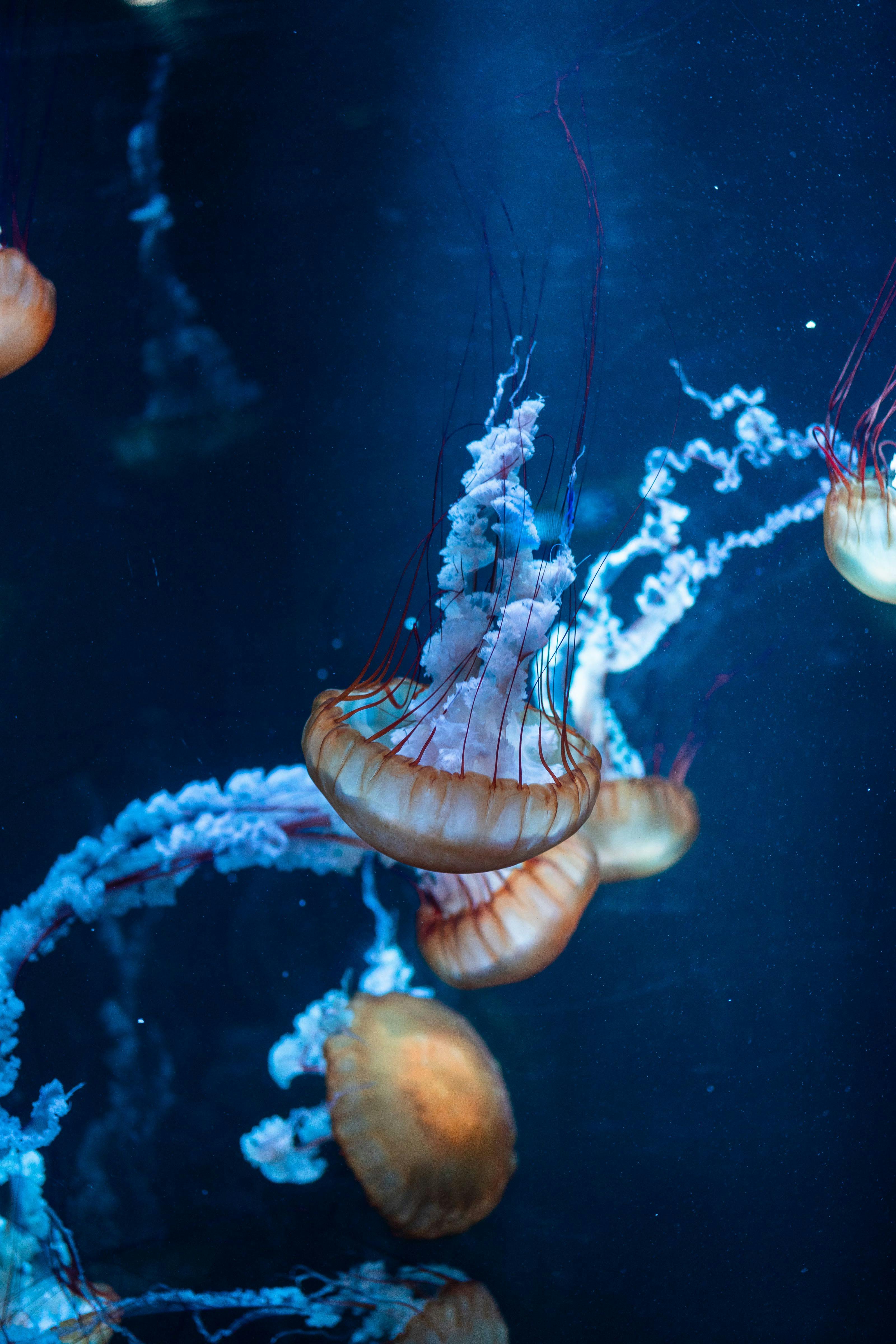Decoding the World of Marine Pets: Understanding Aquatic Life
The underwater world has always been a mystery, filled with exotic creatures and fascinating dynamics. This article dives deep into the world of marine pets, discussing their care, maintenance, and the changes they bring to our lives. Marine pets are not a new concept. Humans have been fascinated by underwater life for centuries, with the first known aquarium dating back to the Roman Empire. Over the years, the popularity of marine pets has soared, leading to advancements in aquarium technology and a better understanding of the needs of these unique creatures.

Current Trends: The Rise of Saltwater Species
Recent years have seen a surge in the popularity of saltwater aquariums. While freshwater tanks have been the norm, saltwater aquariums have now caught the attention of hobbyists. Such tanks host an array of colorful fish, stunning coral reefs, and other intriguing saltwater creatures. This trend has led to a growth in the aquatic pet industry, with stores now offering a wider variety of saltwater species.
The Market Impact of Marine Pets
The growing interest in marine pets has significantly impacted the pet industry. The global aquatic pet market, valued at approximately USD 7.16 billion in 2020, is projected to grow at a rate of 6.5% from 2021 to 2028. This growth is primarily attributed to the increasing popularity of saltwater species and advancements in aquarium technology.
Caring for Marine Pets: A Balance of Science and Dedication
Maintaining a marine aquarium involves a delicate balance of water chemistry, temperature control, and nutrition. Each species has specific requirements, making it essential for pet owners to research thoroughly before bringing a marine pet home. However, with the right knowledge and dedication, caring for marine pets can be a rewarding experience, offering a glimpse into the captivating world of underwater life.
The Future of Marine Pets: A Sustainable Approach
As the marine pet industry continues to grow, conservationists are voicing concerns about the impact of pet trade on wild populations. In response, the industry is moving towards sustainable practices, including captive breeding and responsible sourcing. This shift not only ensures the longevity of the industry but also contributes to the preservation of natural habitats and biodiversity.
In conclusion, the world of marine pets is a fascinating journey, filled with vibrant colors, intriguing behaviors, and captivating dynamics. As we continue to explore this underwater world, it becomes increasingly clear that our fascination with marine life is not just a hobby, but a testament to our enduring curiosity about the natural world.




